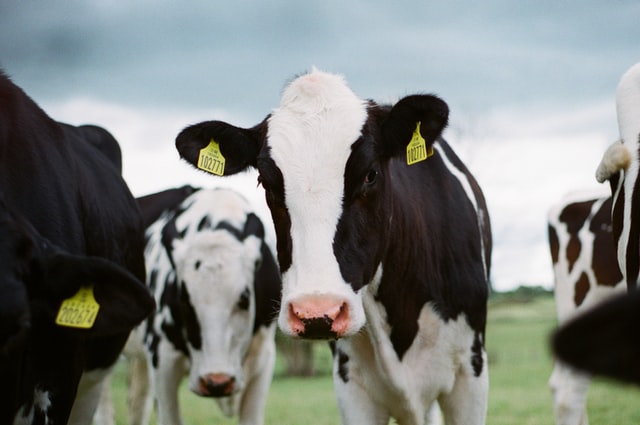Improved conditions for the Australian dairy industry have created a critical juncture for the industry, according to a new report by agribusiness bank, Rabobank.
Record-breaking profitability in the sector offered a solid footing to reboot much-needed growth in milk production, according to the new research report.
However, report author and senior dairy analyst Michael Harvey said while some recovery in national milk production was under way, so far the milk supply response had “underwhelmed initial expectations”, despite the period of farm gate profitability.
“The Australian dairy supply chain processed 8.86 billion litres of milk in 2020-21, 950 million litres less than in 2014-15, with 55 per cent of the fall coming from the northern Victoria irrigation system,” Mr Harvey said.
There had not been a strong supplier response to the improved conditions yet, he noted.
The slow improvement in production could be affected by a need for more labour, which had been stifled by the coronavirus lockdowns.
After a “rollercoaster ride” over the past decade, Australia’s dairy sector had experienced a remarkable turnaround, underpinned by favourable seasonal conditions, high farm gate pricing and a shift in the balance of power within the supply chain (with increasing competition for milk supply and the introduction of the Dairy Industry Code of Conduct).
But capitalising on this current strong position to invest in expanding national milk production would be “vital” for the future success of Australia’s dairy industry, the report said, in order to take advantage of growth opportunities in export markets.
Mr Harvey said in recent years the Australian dairy sector had navigated a “perfect storm of widespread drought, isolated bushfires and floods — all coupled with a severe global market and unprecedented industry disruption and instability”.
“This turmoil resulted in a squeeze on the profit pool and a drop in milk solids produced,” he said.
“It also zapped farmer confidence, which ultimately heralded a major shift in how the supply chain operates.”
The industry had contracted with a lot of consolidation and some exits.
Right now though, the report said, the dairy industry was on a solid footing, with record-breaking profitability for many.
“The southern Australian dairy region is on track for a third consecutive season of outperforming industry benchmarks for average EBIT (earnings before interest and tax). And there has been a lift in confidence levels and investment intentions,” it said.
Mr Harvey said expanding Australia’s national milk supply was “essential to the growth prospects of the Australian dairy industry as it aims to construct sustained growth outside of a maturing domestic market”.
“In contrast to the local market, key dairy export markets have considerable headroom for growth in the coming decade, particularly in emerging Asia,” he said.
“This means offshore markets provide plenty of ‘blue sky’ and exports will remain the engine of growth for the sector.”
The report said with the Australian dairy supply chain short of milk solids and the foundations in place for a period of investment “on farm and for milk production growth”, the stage was set for the industry to take advantage.
“If this strong run of healthy farm profitability, elevated investment ambition and positive investment outlook does not result in some well-executed long-term investments, it will be a missed opportunity for the industry in reigniting growth,” Mr Harvey said.
“And to fully unlock growth, significant long-term capital investment is required to increase efficiency and production capacity.”
The Rabobank report said Australia’s dairy sector was expected to provide profitable capital investment opportunities for farm businesses over the next decade.
Original article sourced from https://www.dairynewsaustralia.com.au/


